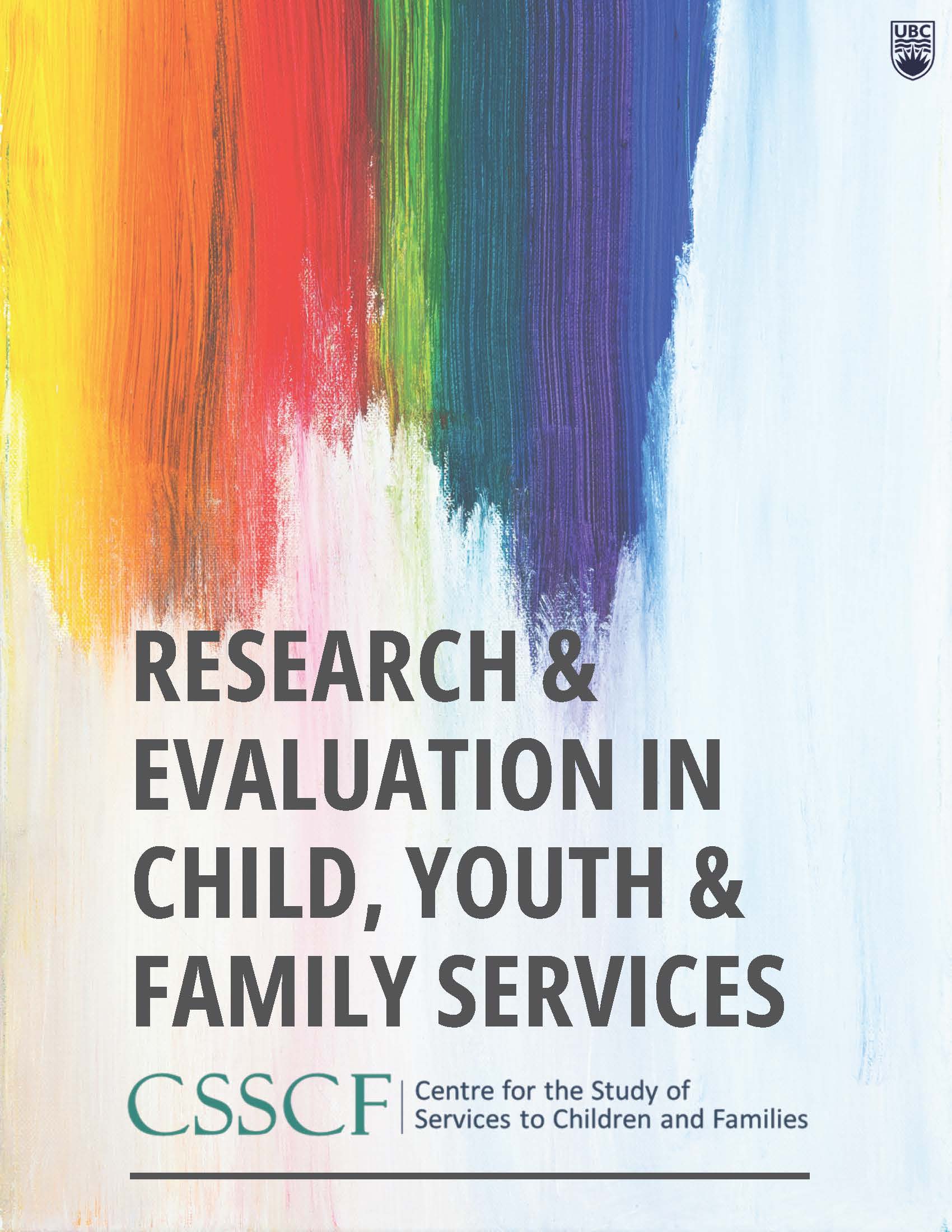Youth Gangs in the BC Lower Mainland
DOI:
https://doi.org/10.14288/recyfs.v2i1.197569Keywords:
Youth Gangs, factors for involvement, prevention, service gapsAbstract
This research was funded and supported by the Ministry of Children and Family Development (MCFD) and the University of British Columbia (UBC) School of Social Work. The gang landscape in British Columbia is unique in comparison to the broader Canadian and North American contexts. To understand these differences, three research questions were used to guide the research: (1) what preventative measures are useful in deterring youth from joining gangs? (2) what gaps do service providers identify in services directed towards youth at risk of joining gangs? (3) what do service providers identify as themes leading to youth joining gangs?
A literature review completed on youth gang behaviour revealed two theoretical frameworks that would be beneficial to use when examining the research: social-ecological theory and dislocation theory. The youth gang development in this region poses a unique challenge to service providers, as gang violence in British Columbia’s (BC) Lower Mainland has been steadily increasing. Statistics show that in 2016, BC's gun violence was responsible for 44.3% of homicides - a staggering increase of 29.5% since 2015 (The Mayor’s Task Force on Gang Violence Prevention, 2017). Addressing gang violence in the Lower Mainland has now become a matter of public safety. Police and community support services are seeking to understand risk factors leading to youth gang involvement in the Lower Mainland to deter young people from this lifestyle. A social-ecological framework will be used to understand the complexity of risk factors impacting youth in this region through examining the social geography of the Lower Mainland, distinct family systems and community organization (Kuechler, 2019).
Purposive non-probability sampling was utilized in this research as directed by the MCFD research sponsor, Preetpal Basanti. Youth were excluded from the research interview process due to the vulnerability of the population. There were two micro-focus groups with four participants in each group that took place through teleconference, which were audio-recorded for later analysis. The micro-focus groups aimed to obtain data specific to the participant's roles while working with youth involved in gang activity, as well as to gather professional insight to guide future service provision for youth gang prevention. Following the focus groups, the data was transcribed, coded, and analyzed using thematic analysis. Four major themes emerged from the data: program collaboration; program provisions; community involvement; and youth and families.
Some of the limitations identified in this research were: volunteer and selection bias; participant diffusion; restrictions on interviewing youth gang members; time limitations; small sample sizes; changes of questions and loss of non-verbal and contextual data.
Two qualitative micro-focus groups took place with MCFD employees and affiliates. A thematic analysis of the transcripts indicated four major common themes that could benefit youth, their families, and service providers when aiming to answer the above research questions. Ultimately, the research identified the need for increased connection amongst the various systems that are working with youth who are at risk or are presently involved in gangs. Additionally, this research indicated that youth join gangs for a variety of reasons. Lack of connection and belonging was noted as a primary indicator of gang involvement. The research called for a collaborative community approach to better meet the youth and their family’s needs.
Downloads
Published
Issue
Section
License
Copyright (c) 2022 Research and Evaluation in Child, Youth and Family Services

This work is licensed under a Creative Commons Attribution-NonCommercial 4.0 International License.
This work is licensed under a Creative Commons Attribution-NonCommercial 4.0 Inrernational License. Copyright for articles published in this journal is retained by the authors, with first publication rights granted to the journal. By virtue of their appearance in this open access journal, articles are free to use, with propoer attribution, in edicational and other non-commercial settings.


